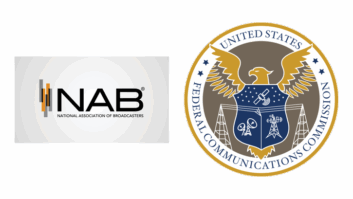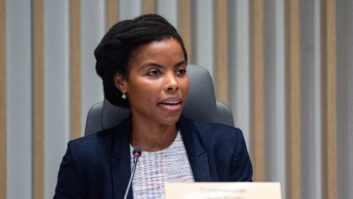FM radio stations in the United States that want to use directional antennas will now be able to use computer modeling verification.
The Federal Communications Commission has unanimously approved this proposal, which four antenna manufacturers had pushed for while another one opposed it.
“Right now, more than one-fifth of our FM radio stations use directional antennas,” noted Chairwoman Jessica Rosenworcel in a statement. “These antennas increase the operating power of a station in a specific direction while still respecting the interference ratios that are essential for shared use of these airwaves. This is smart — and spectrally efficient.”
But FM rules hadn’t kept pace. Now, she said, FM broadcasters will have an option that was already available to AM and TV broadcasters.
“A group of broadcasting stakeholders brought this to our attention last fall. We started a rulemaking to address this discrepancy. We took a close look at the record and the need to incorporate evolving technologies into our policies.”
[See Our Business and Law Page]
All four commissioners approved the change. It means FM stations, including LPFMs, that want to use directional antennas will no longer be required to provide signal measurements from physical antenna mockups. They can use computer modeling — typically prepared by the antenna manufacturer — after the model is initially verified for accuracy. This is expected to save broadcasters money and time.
The change was advocated by antenna makers Dielectric, Shively, RFS and Jampro, as well as broadcaster Educational Media Foundation. But antenna maker ERI had expressed opposition, saying the change could have the potential to “create protracted and contentious interference disputes” since the disputes would involve full-service FM stations that are licensed as a primary service.

The proposal also had drawn support from the NAB.
“NAB supports the FCC’s order allowing computer modeling of FM directional antennas, which would eliminate the need for unnecessary measurements without jeopardizing broadcasters’ service to the public,” spokeswoman Ann Marie Cumming told Radio World. “We appreciate the commission incorporating into the order our recommendations for updates to the present rules that ensure the integrity of the modeling process. We thank Chairwoman Rosenworcel and her fellow commissioners for working to reduce regulatory burdens on broadcast radio and modernizing these outdated rules.”
[Also see “FCC Explains Its Reasoning on FM Computer Modeling”]







